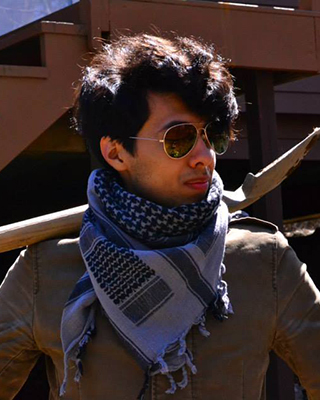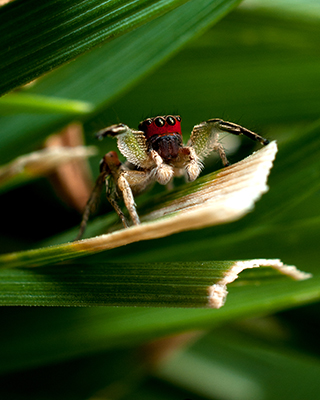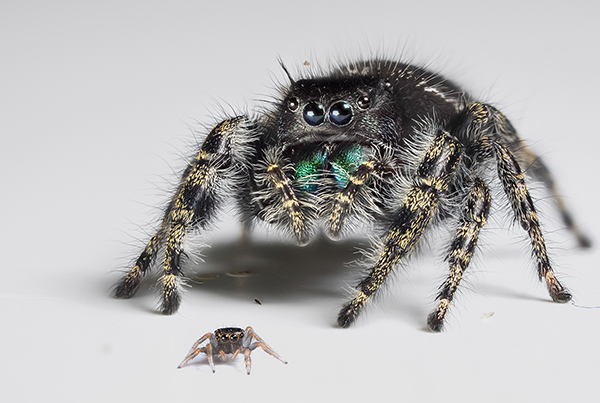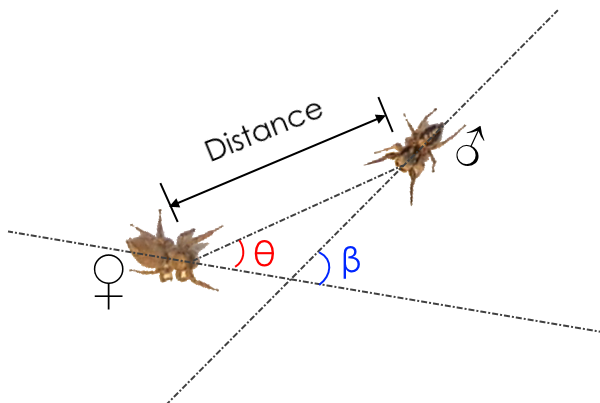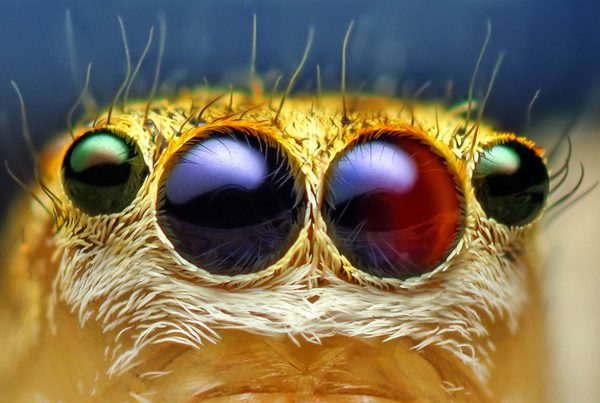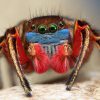I am a doctoral student in the Morehouse Lab, focused on understanding how eyes shape the evolution of complex visual displays in jumping spiders. I was raised on a steady diet of Bill Nye the Science Guy and Steve Irwin’s Crocodile Hunter. By their powers combined, I received a dual degree in Biology and Applied Physics from the University of Miami in 2013, and joined the Morehouse Lab in 2014. I am passionate about understanding how animals perceive the world around them, and how this shapes their behavior. When not working in the lab, I enjoy hiking, birdwatching and nature photography.
2014-present, Ph.D. Biological Sciences, University of Pittsburgh, Pittsburgh, PA
2009-2013, B.S. Biology and B.S. Applied Physics, University of Miami, Miami, FL

